We may earn money or products from the companies mentioned in this post. This means if you click on the link and purchase the item, I will receive a small commission at no extra cost to you ... you're just helping re-supply our family's travel fund.
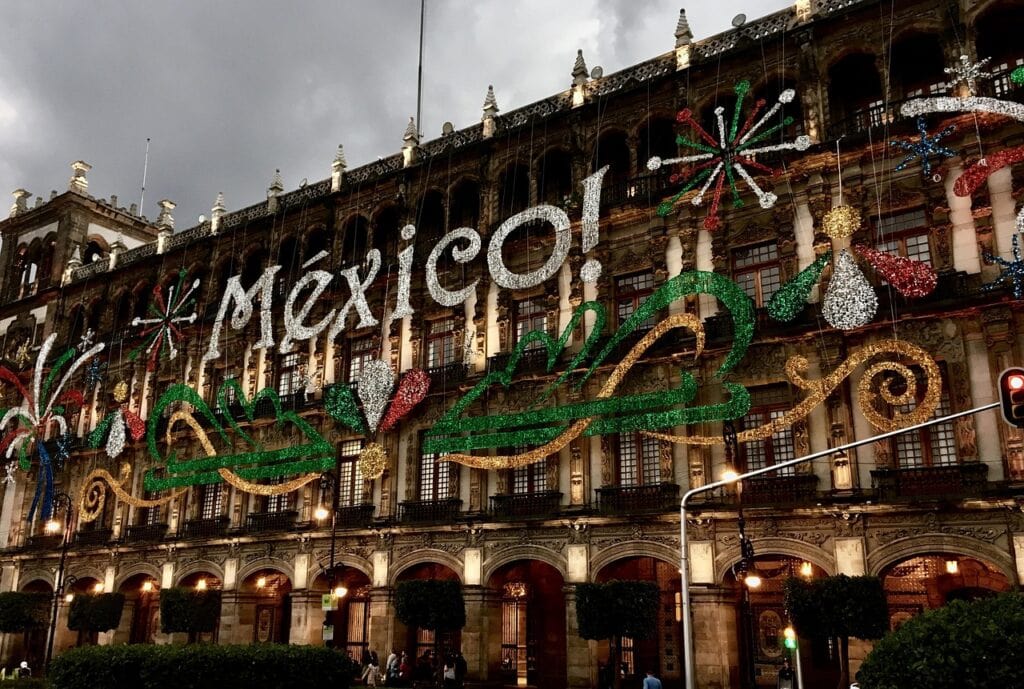
If you’re thinking of resetting for a while, living somewhere new for several months, you want more than just a nice view. You want culture, community, and cost that doesn’t eat you alive. You want to learn, grow, plug into local life, not feel like a constant tourist. These 13 destinations offer exactly that: rich traditions to explore, neighbors to meet, costs that make sense, and enough infrastructure so you aren’t always scrambling. I’ve focused on places where you can stretch your budget, make meaningful connections, and have days that feel fuller-not just different.
1. Chiang Mai, Thailand
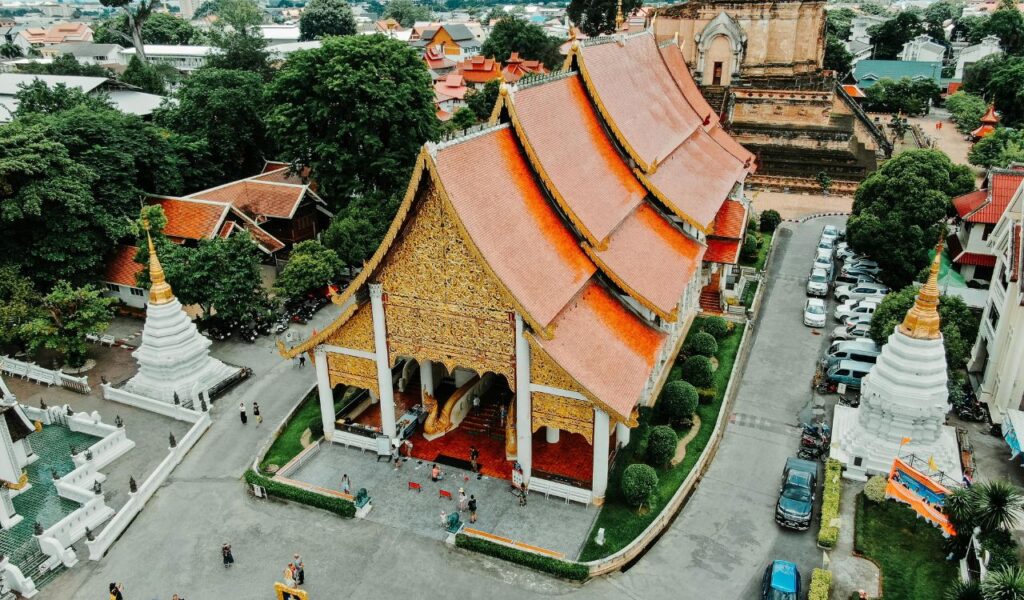
Chiang Mai punches above its weight when it comes to long-stays. You’ll find temples from centuries past, vibrant night markets, hill tribe culture nearby, and a strong expat/digital nomad scene, so meeting people isn’t hard. Rent is reasonable: a one-bedroom in the city centre costs around USD 300-600/month; outside the centre you can pay much less. Utilities and internet are modest (sometimes USD 30-70/month), and local meals often cost $1-3. There are plenty of coworking spaces, cafés, wellness classes, and cultural events. You’ll get both modern conveniences and an immersion in Thai traditions, festivals, food. What this means is you can build routines, not just pass through.
2. Penang, Malaysia
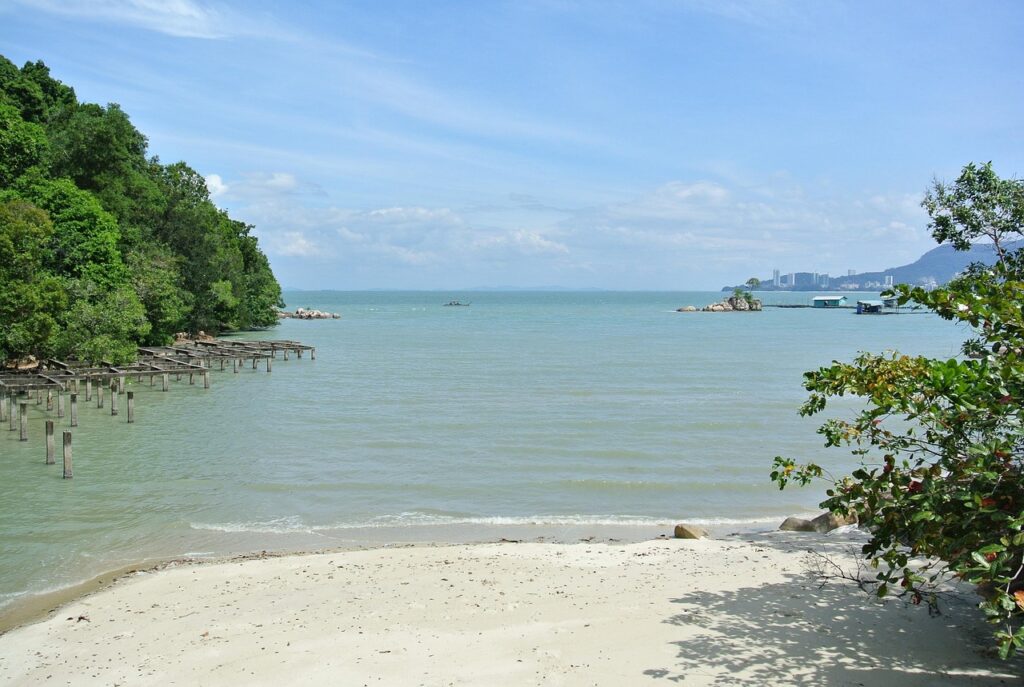
Penang is a strong contender if you want heritage, food, community, and solid cost of living. In George Town you have UNESCO-protected architecture, street art, a fusion of Malay, Chinese, Indian culture, exceptional food (hawker courts, fusion cafes), and creative scenes. The expat/digital nomad network is growing, especially in neighbourhoods like Georgetown, Tanjung Tokong, Gurney Drive, Batu Ferringhi. Rent for a studio or one-bedroom in decent areas ranges from roughly RM 1,200 to RM 2,500 or slightly more, depending on how central and upscale you want to be. You’ll get good internet, interesting local festivals/events, reasonable food costs, and a mix of traditional and modern life. Beaches aren’t far, nature is accessible, and you won’t feel cut off.
3. Buenos Aires, Argentina
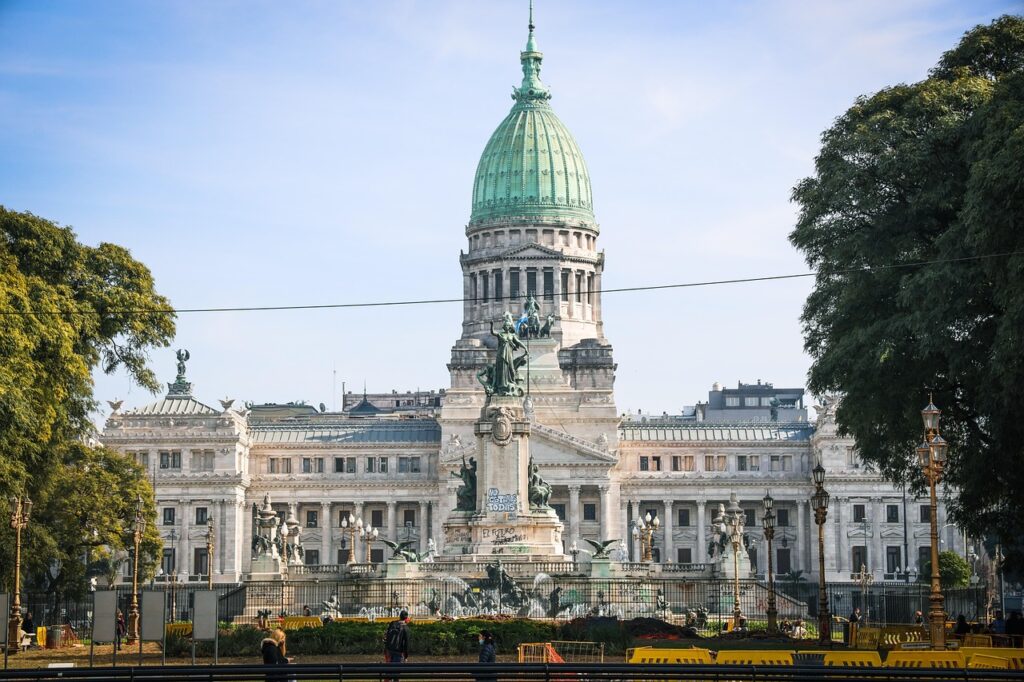
If you love art, nightlife, history, and culture, Buenos Aires is infectious. The café culture, tango, street art, old European-style architecture, constant evenings out: it has energy. But it’s not only about fun: costs are generally lower than comparable Western capitals. A café breakfast is under USD 3, a tango show in a modest venue may cost around USD 10-20. Groceries, transport, gyms are affordable. You’ll also find many coworking spaces, language exchanges, creative classes. The community is mixed: locals, expats, students. One risk is inflation and currency fluctuations, so budget with a buffer. Still, for culture, atmosphere, and community, Buenos Aires gives more than many pricier places.
4. Tbilisi, Georgia
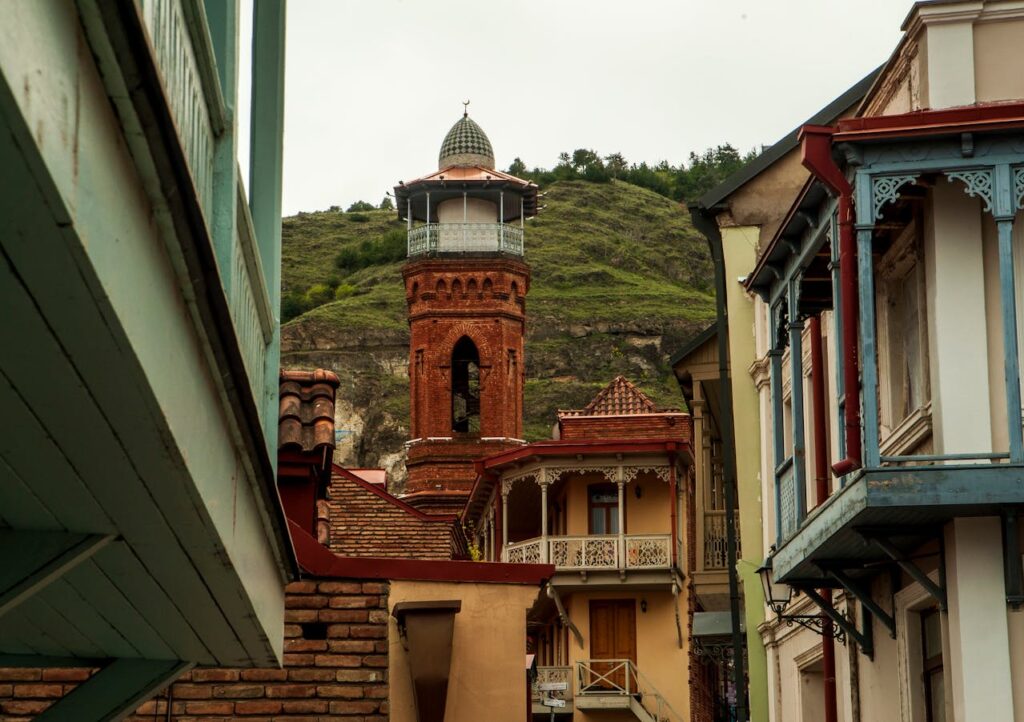
Tbilisi blends old world and new in ways that feel genuine. There are sulphur baths, historic districts, a wine-making tradition, striking architecture, and surprisingly modern cultural hubs. The cost of living is low: rent, food, transportation are all much cheaper than in Western Europe. Visa-wise many nationalities can stay long enough to settle in for months with minimal hassle. There’s also a growing digital nomad/expat community. What this means is you can spend weeks exploring, months building roots, without needing fortunes.
5. Medellín, Colombia
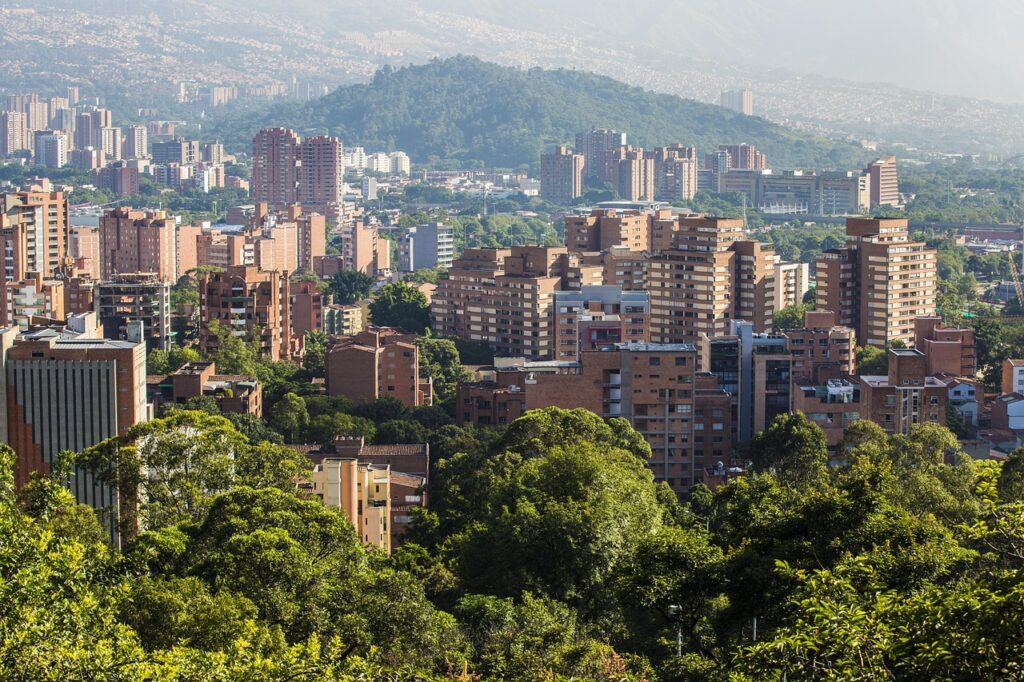
If climate, affordability, and community matter to you, Medellín checks all the boxes. Known as the “City of Eternal Spring,” its weather is mild year-round, which helps morale and moods. Housing and utilities are affordable, food is good quality, plentiful, cheap. The city has developed well: coworking spaces, efficient transit, vibrant arts and festival culture. And the people are welcoming. There’s also enough English-friendly infrastructure without being isolated. Medellín gives you both comfort and adventure.
6. Lisbon, Portugal
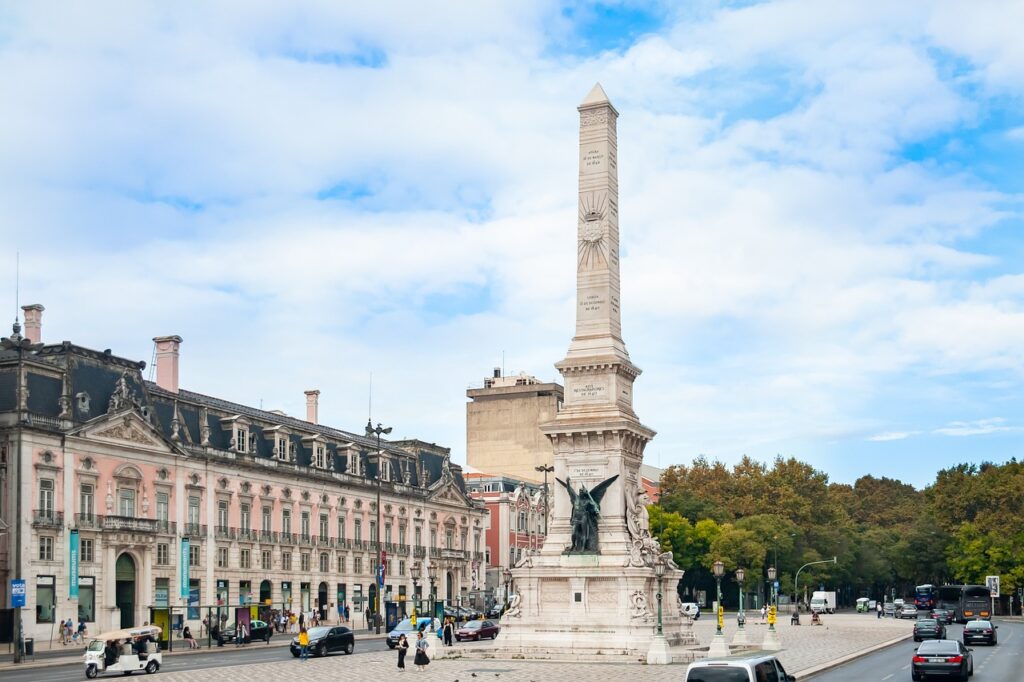
Lisbon offers a European charm: historic tiles, ocean views, mild climate, good infrastructure, and international communities. While more expensive than many places on this list, it often comes in cheaper than major Western European capitals. Food, transit, and basic services are solid; layers of culture from Fado music to museums, nearby beaches and islands to escape to. Expats and digital nomads are numerous, co-working is mature, quality of life high. If your budget allows, Lisbon gives you a sense of prestige, ease, and culture without the full weight of sky-rocket costs.
7. Oaxaca, Mexico
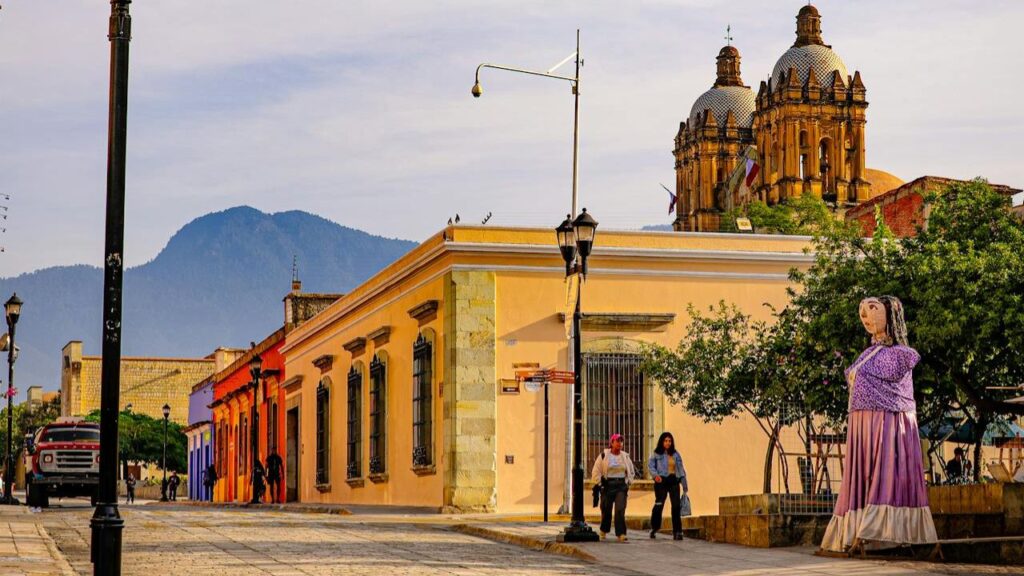
Oaxaca offers deep indigenous culture, colourful festivals, fine food, art, and a strong sense of place. It’s not polished like big tourist hubs, but that’s part of its appeal. It’s affordable: eating local, renting modest apartments, using public transport all cost much less than in big Western cities. Community is slower but real: artists, craft makers, people enthusiastic about tradition. If you want to slow down enough to absorb local crafts, language, traditions, Oaxaca rewards you.
8. Ho Chi Minh City, Vietnam
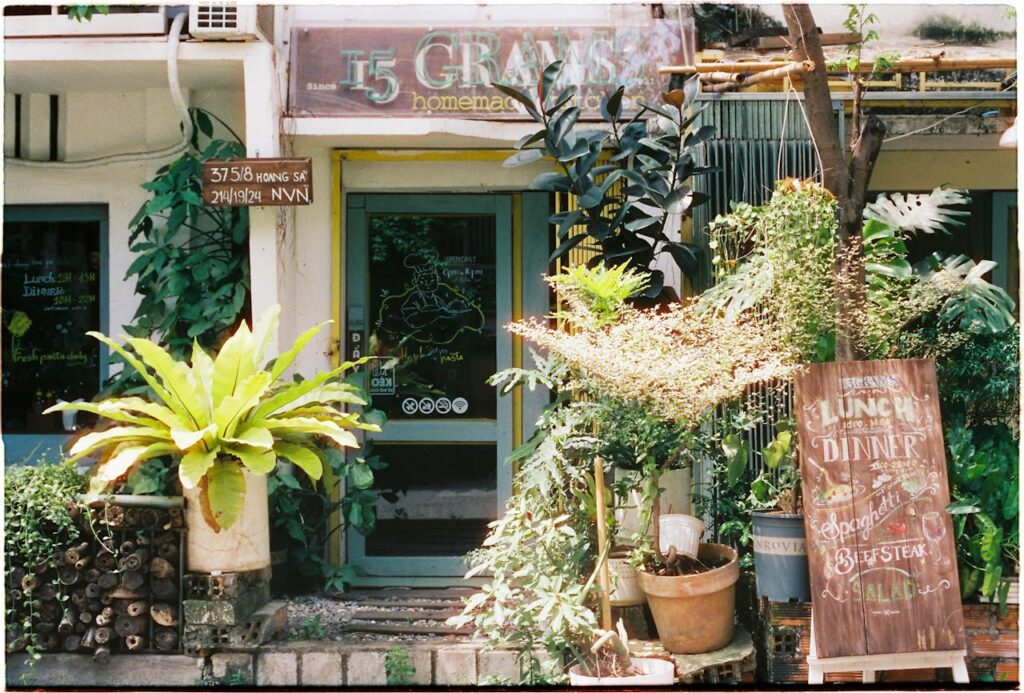
Ho Chi Minh City is more intense, louder, faster than Chiang Mai or Penang, but it offers a huge cultural payoff. Street food, history, French colonial architecture, bustling life. Rent and food are cheap for what you get. Co-working is plentiful, expat & nomad groups are active. It’s especially good if you like a city that moves, with constant possibility and contrast. Downsides include traffic, noise, heat; but if you can deal with them, the richness and cost benefits are strong.
9. Budapest, Hungary
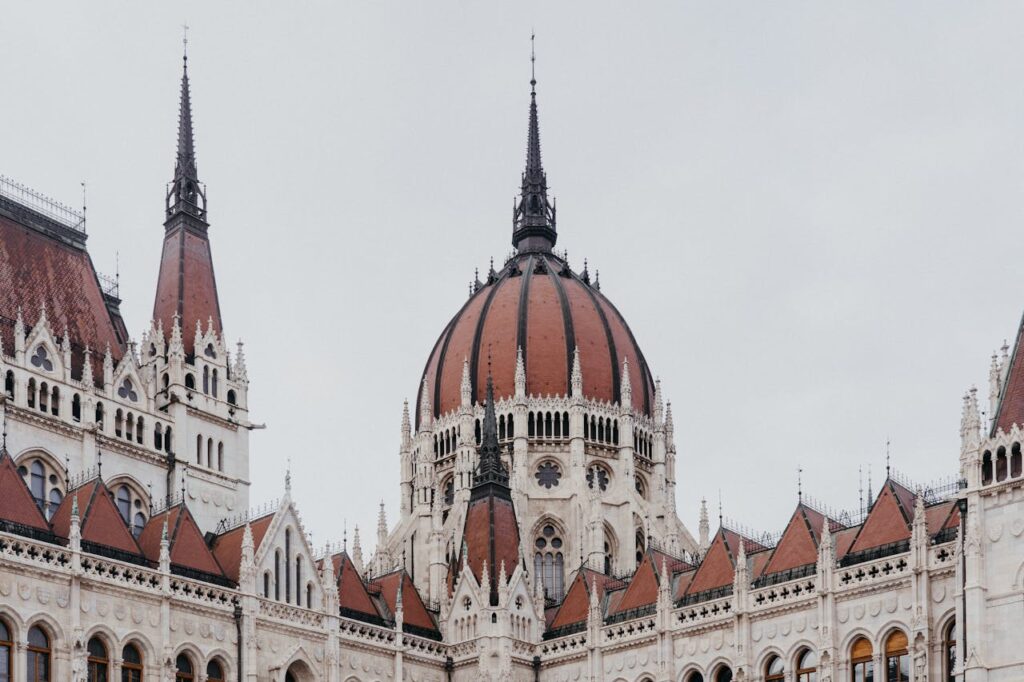
Budapest gives you European culture, history, baths, architectural variety, galleries, music, and cafés. At a lower cost than many Western capitals it’s more affordable outside of tourist seasons and outside of prime central neighbourhoods. The public transit is strong, there’s decent expat/nomad infrastructure, and nearby travel options to explore the rest of Eastern Europe. If you want Europe as a long-stay base without always paying premium, this is a strong bet.
10. Sofia, Bulgaria

If you want to stretch your budget, Sofia offers a lot: rich history, mixture of orthodox churches, Ottoman remnants, lively markets, performing arts, university life, and a growing creative class. The cost of rent, utilities, food are among the lowest in Europe while infrastructure keeps up. For culture: museums, folk traditions, music. For community: students, expats, digital nomads all live here. You don’t have some of the major glitz, but you get authenticity, and that’s a big part of why people stay.
11. Bali, Indonesia (Ubud / Canggu)
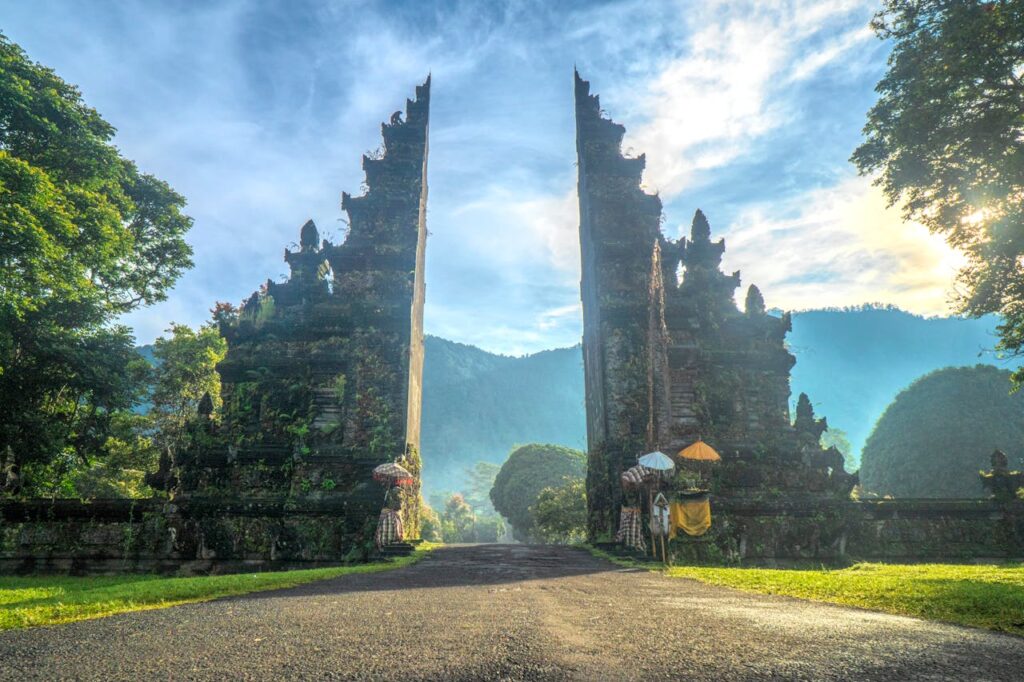
These areas combine beach, nature, spirituality, wellness, yoga, rice-terraced landscapes, temple rituals, and an increasingly global yet local community. Costs vary much more depending on how upscale you go, but modest living local warungs, modest accommodation, scooter travel lets you live richly for less. Nomad / expat infrastructure is well developed, especially in Ubud and Canggu.
12. Mexico City, Mexico
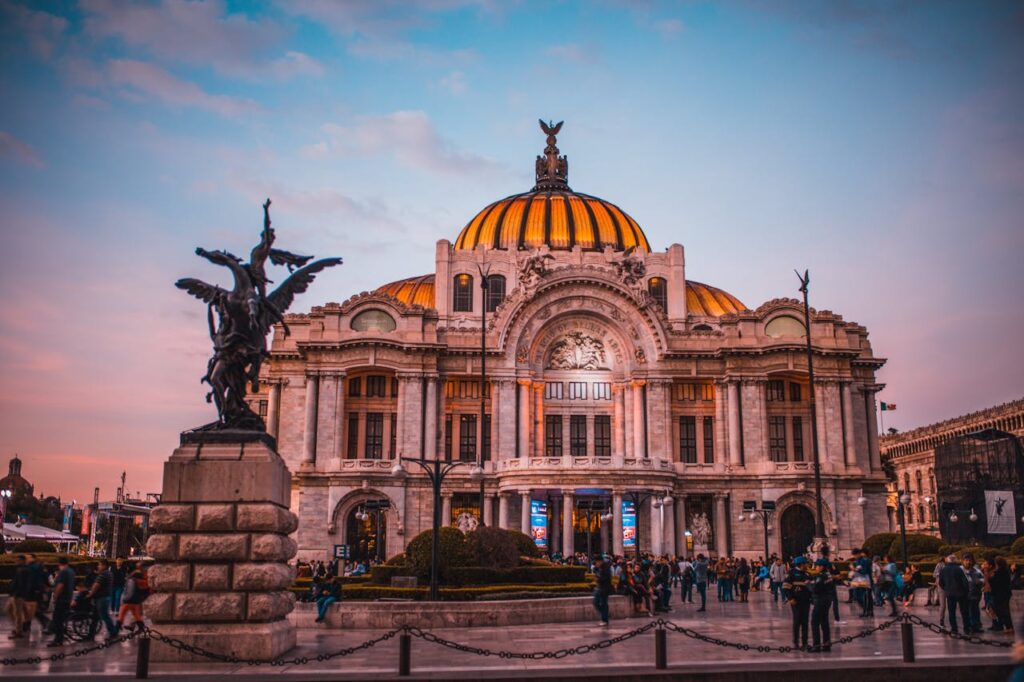
Mexico City is huge, energetic, diverse. Culture comes in every form: art, street food, music, architecture, history. The cost of living is higher than smaller Mexican cities, but still quite reasonable compared to many large global capitals. There are neighbourhoods more affordable yet well connected. The community of creatives, remote workers, students is strong. If you can handle big-city scale and occasional chaos, it gives you tremendous upside.
13. Athens, Greece

Athens gives you Mediterranean climate, history in every stone, an affordable way into Europe, strong local food culture, islands nearby for weekends. Newer visa policies are making it more accessible for long stays. Infrastructure, cafés, community are there. While some parts are expensive, many neighbourhoods are affordable, especially if you don’t insist on luxury.